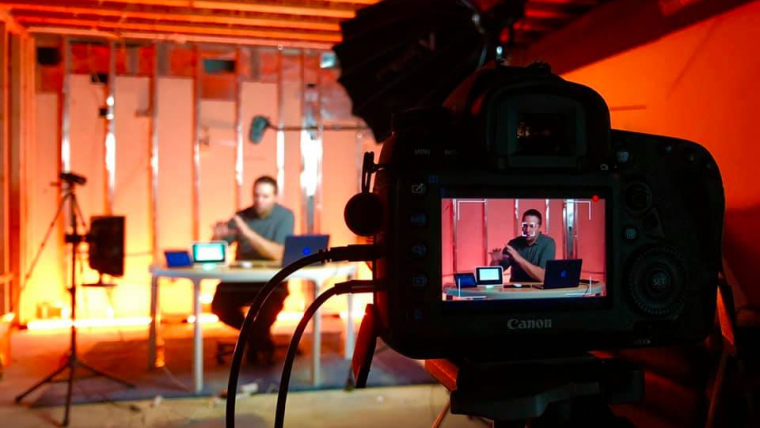
CEDIA, as part of its initiative of presenting research in the service of its members, hosted a webinar on April 9 entitled, “The Voice of the Integrator: Differences in Needs by End-Customer Market Served.”
Conducted in partnership with Indianapolis’s Lacy School of Business at Butler University, and illuminated during the webinar by consultant Krista Roseberry, the global survey – taken ahead of the COVID-19 outbreak and before social distancing measures were put in place in most geographical areas – canvassed mainly owners and presidents of more than 600 integrators in six countries, including both members and non-members of CEDIA, to track their challenges and decision-making processes for the benefit of vendors, distributors and manufacturers reps.
Responses were grouped and interpreted by both business sizes and by end-customer market segment served.
Four end-market segments were identified: Uber-Luxury, including the world’s elite estates; Luxury, a subset of homes and estates in desirable locations; Mid-Market, homes priced well above average sales prices in respondents’ areas but not considered luxury homes; and Mass-Market, consisting of homes that are near the average sales price for respondents’ areas.
Data culled revealed how different segments prioritize product choices, and what supports they most crave from those in the supply chain, among other revelations.
Here are some highlights from the pre-COVID-19 research, done when most respondents could boast of stable or growing revenues:
84% of respondents had more than 10 years of installation business experience.
Most work with six to 10 manufacturers on a regular basis, exhibiting great loyalty in manufacturer choices, and with longstanding vendor relationships as the norm.
The top three revenue-generating categories are: Control Systems, Multi-room A/V and Home Networking.
Among a few of the key other findings:
Product quality is the #1 factor when installers choose home technology manufacturers, and tech support and online training are the two most critical support-related services they require of manufacturers.
Among integrators’ biggest challenges: a broad mix was cited, including acquiring qualified employees, getting new clients, keeping up with tech changes, and dealing with the incursion of DIY (do-it-yourself) products flooding the market. In fact, around two-thirds of respondents were moderately or extremely concerned with the rise of DIY purchases.
Fully two-thirds of respondents say they focus on only one end-customer market segment of the Uber-Luxury, Luxury, Mid-Market and Mass-Market segments.
Generally speaking, predominant project lead sources for integrators included builders, interior designers and architects, with manufacturers not cited as a predominant source of leads. However, most leads for all types of projects, respondents of all integrator types say, come from consumer referrals.



